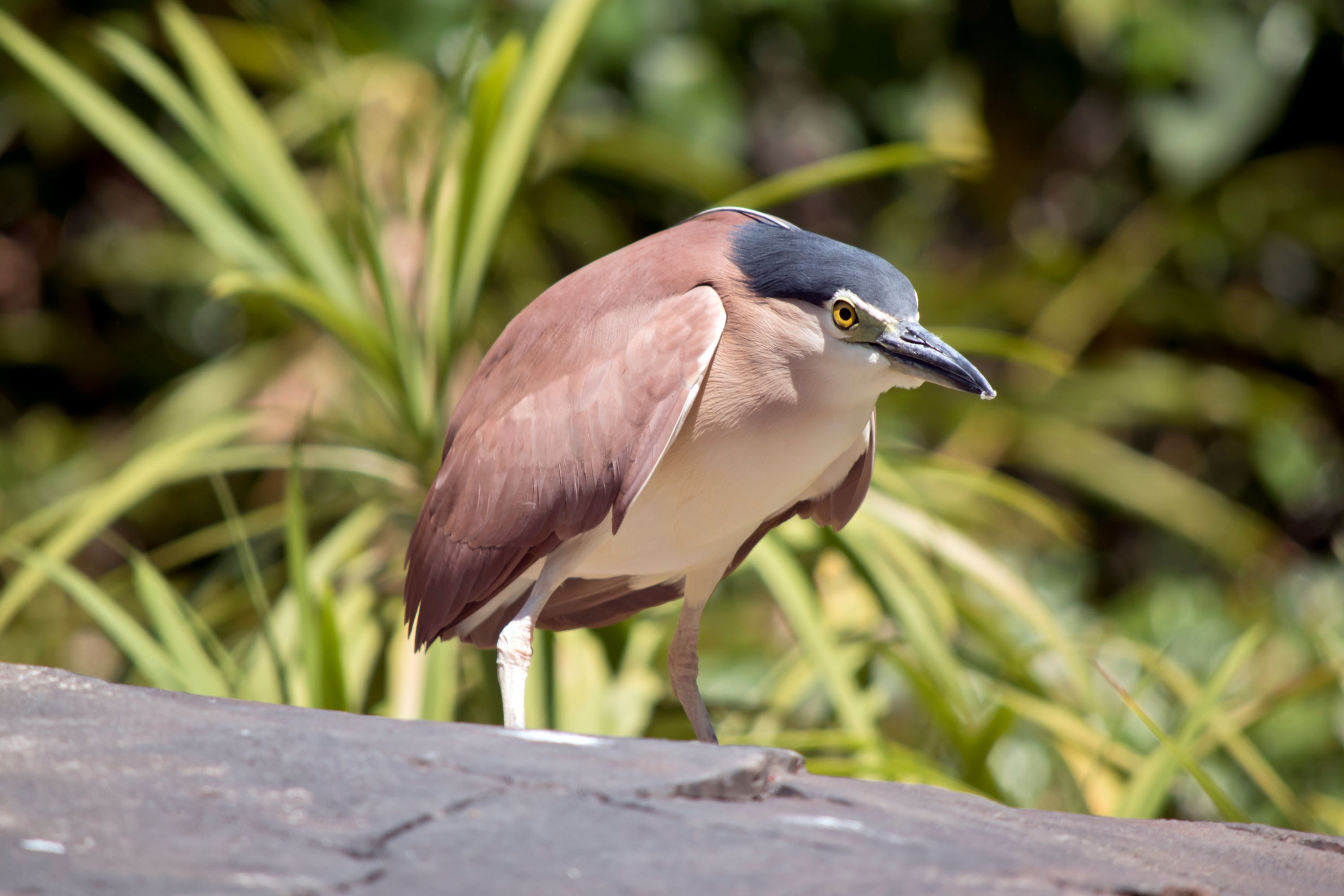
The Nankeen Night Heron: The Nocturnal Bird of Australasia
Introduction to the Nankeen Night Heron
The Nankeen Night Heron, scientifically known as Nycticorax caledonicus, is a medium-sized heron renowned for its nocturnal habits and unique russet-brown plumage. This bird is a distinctive member of the heron family, Ardeidae, inhabiting various wetland environments across Australasia.
Physical Description
Standing approximately 60-65 cm tall, the Nankeen Night Heron has a stocky build with relatively short legs and a thick neck. Its plumage is predominantly nankeen or cinnamon brown, with a paler underbelly and a black cap on its head. During the breeding season, it sports elegant white plumes on the back of its neck.
Habitat and Distribution
This species is widely distributed across Australia, New Guinea, Indonesia, the Philippines, and the Pacific islands. It favors freshwater and estuarine environments, including swamps, mangroves, billabongs, riverbanks, and rice fields.
Behavior and Lifestyle
True to its name, the Nankeen Night Heron is primarily nocturnal, being most active at dusk and through the night. During the day, it can be found roosting in trees or dense foliage near water bodies, often in small groups or colonies.
Feeding Habits
The diet of the Nankeen Night Heron consists mainly of fish, crustaceans, amphibians, and a variety of insects. It forages by standing motionless or walking slowly in shallow waters, using its sharp bill to snatch prey.
Breeding and Nesting Habits
Breeding generally occurs in the warmer months. These herons nest in colonies, often alongside other waterbird species. Nests are typically constructed in trees or bushes near water and are made of sticks and twigs.
Egg Laying and Incubation
The female lays 2 to 5 pale greenish-blue eggs. Both parents participate in incubating the eggs, which hatch after about 21-24 days. The location of the nests in dense foliage helps protect the eggs from predators.
Chick Rearing and Parental Care
The chicks are altricial, requiring extensive care from the parents. Both parents feed the chicks, who fledge the nest at about 6 to 7 weeks of age but may remain dependent on their parents for a short period after.
Vocalizations and Communication
Nankeen Night Herons are not particularly vocal birds, but they do produce a range of sounds during the breeding season. These include croaks and soft quacks for communication within the colony and with mates.
Conservation Status
Currently, the Nankeen Night Heron is listed as Least Concern by the IUCN. However, like many waterbirds, it faces threats from habitat loss and environmental changes.
Similar Species and Taxonomy
Belonging to the order Pelecaniformes, the Nankeen Night Heron is closely related to other species in the Nycticorax genus, such as the Black-Crowned Night Heron. It is distinguishable by its unique coloring and slightly smaller size.
The Nankeen Night Heron in Utah
The Nankeen Night Heron is not typically found in Utah, as its range is confined to Australasia. In Utah, birdwatchers can observe other heron species that are native to or migrate through the region.
Conclusion
The Nankeen Night Heron, Nycticorax caledonicus, is an integral part of the wetland ecosystems in Australasia. Its nocturnal nature, distinctive appearance, and behavior patterns make it a unique subject for study and conservation. Protecting the wetlands and habitats that support the Nankeen Night Heron is crucial for preserving the rich biodiversity of these environments.